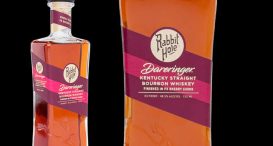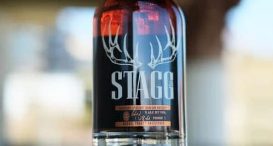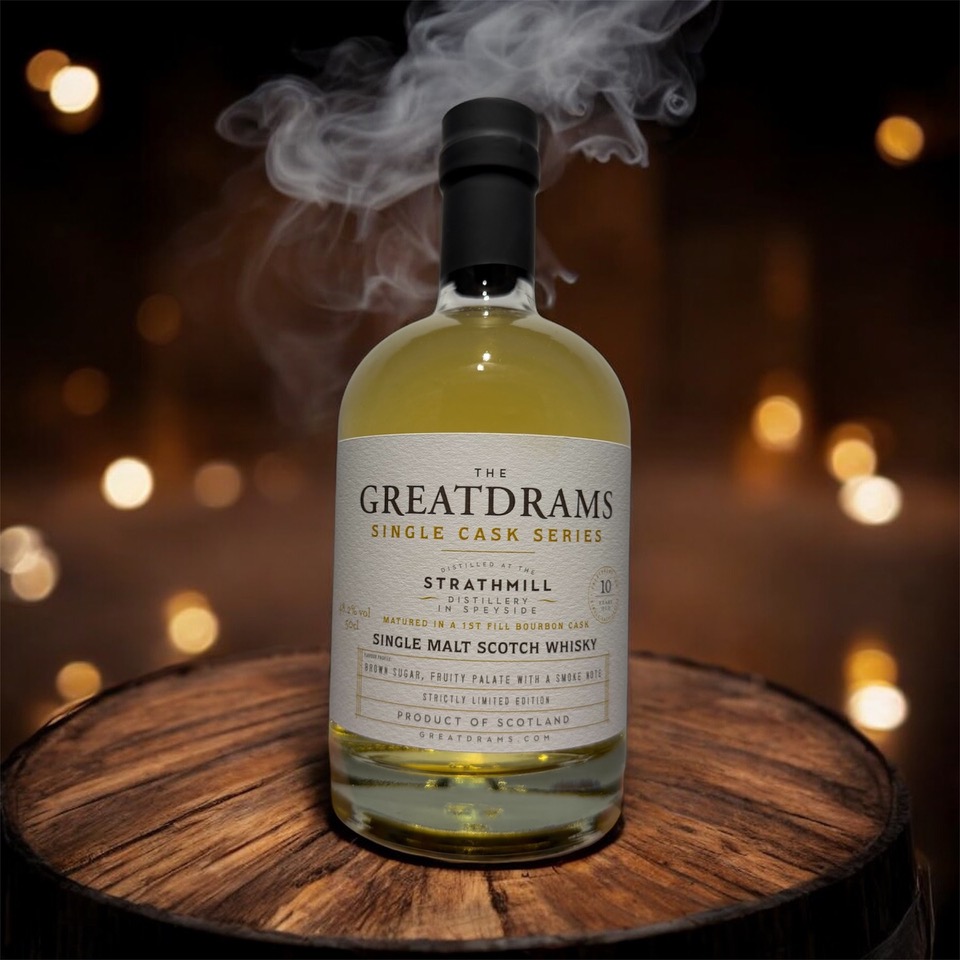Collecting Whiskey, by Michael Cowman
let’s begin
When it comes to whiskey, price is never an absolute guarantee of quality. Price is merely an indication of the time put into a bottle or perhaps its uniqueness. A basic (albeit oversimplified) interpretation of an open market tells us that a product will cost what people are willing to pay for it.
The market for collecting whiskey is similar – rare or scarce whiskeys are almost guaranteed to appreciate in price over the years because people will always pay more for that something a little special.
The perfect Irish example of this is one of Ireland’s premium whiskeys – “Midleton Very Rare”. Even if the name doesn’t sound familiar, you’ve certainly seen this whiskey on sale in some bar around the country. It’s the one that’s held in a wooden box and that usually costs at least €20 a glass! While I’m generally sceptical of anything that promotes its own scarcity in the name, (think Founder’s Reserve, Distiller’s Reserve etc.), “Midleton Very Rare” has a genuine limited run.
Originally created by the master blender Barry Crockett in 1984, “Midleton Very Rare” has gone on to become one of Ireland’s most recognisable premium whiskey brands. A full run of every bottle from every year would cost around €50,000 with each bottle generally appreciating at a rate of 5-10% per annum. The bottling from each vintage is different and the bottles have been released once to twice a year since the inception of the brand in the 80’s.
The beauty of whiskey is that once it’s kept in an unopened bottle it will last indefinitely. It’s not as finicky or as sensitive to changes in its surroundings as wine due to the higher alcohol content which can potentially make it a great investment. Once it hits the bottle however, the aging process is finished, theoretically that whiskey should taste the exact same in 20 years as it did the day it was bottled. Some of Ireland’s newer distilleries will even sell you a full cask which they will age on their premises and buy back from you at a later date with the promise of a few bottles to sweeten the deal.
Older whiskeys are rare because not only have they been aging and occupying valuable space in a warehouse for 30 years, but also due to the fact that a great quantity of that original spirit has escaped the cask. Whiskey gets its flavour from the cask it’s held in, the wood expands and contracts with the seasons breathing in the whiskey and infusing it with those fantastic flavours. This is both a blessing and a curse, the very process which flavours the spirit also causes the volume to decrease by about 2% every year, this is known as the ‘angels share’.
This means that after 30 years fully 60% of that original cask has been lost; those angels certainly won’t be flying in straight lines! Countries with warmer climates that have begun whiskey production such as India and Taiwan can have an ‘angel’s share’ of anything up to 15% per year.
So, what are the rules to remember when investing in whiskey? Buy scarce bottles, limited runs, bottles from defunct distilleries and bottles which are due to be taken off the market. For example, Jameson is planning to remove its 12 year old and its gold reserve from the market shortly so it would certainly be worth acquiring a bottle or to for the future.
Even simple things such as a change in bottle or branding can cause an increase in price of the previous incarnation. Single cask releases and one off bottling are certain to appreciate but are likely to be initially quite expensive anyway.
It’s always said that it’s easy for a store owner to tell the drinker from the collector, the collector buys one bottle to store and allow it to appreciate in value, the drinker buys two to drink the first and allow the other one to appreciate and cover the cost of the first!
So which will you choose to be – the Connoisseur or the Cowboy?













2 thoughts on “Collecting Whiskey, by Michael Cowman”
Great article Michael – keep up the great work!